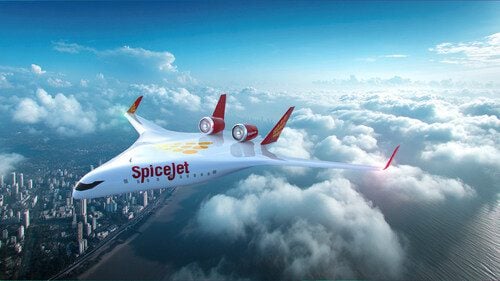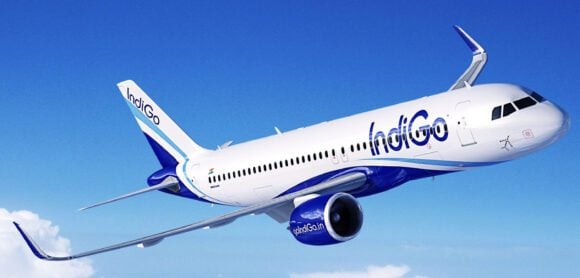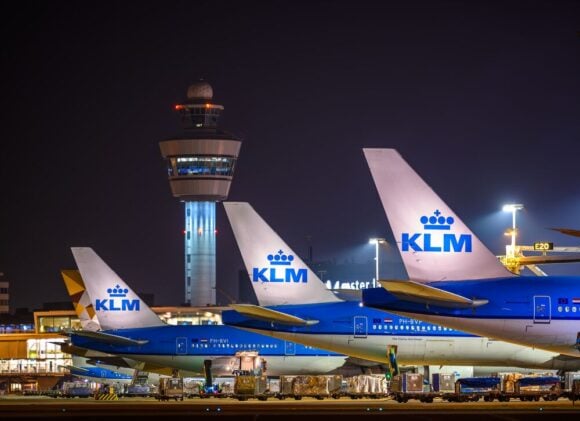Flying in the US is not only crowded it is also taking more time. The time airlines take to move aircraft around on the ground is rising.
It is worth considering what this means to airlines. In 2015 the average flight took 22.7 minutes in total taxi time. Through April this year, it was at 24.7 minutes or +8.8%.
Assuming a generic $100/minute value ( A4A has a different number ) for airline time, this means the cost of taxiing has risen $200 per flight. US airlines averaged 472,885 flights per month in 2017. The financial impact of growing taxi times is eye-popping. A4A states: “Assuming $49 per hour as the average value of a passenger’s time, 2017 delays are estimated to have cost air travelers billions of dollars. FAA/Nextor estimated the annual costs of delays (direct cost to airlines and passengers, lost demand, and indirect costs) in 2017 to be $26.6 billion.” Back in 2013, A4A estimated an airline delay as worth $78.17, while Eurocontrol in 2011 estimated an airline minute at €81. We think it is reasonable to expect the value for the US airline industry to at least $100/minute in current dollars.
Airports are perennial construction sites. Traffic is growing while space and infrastructure are limited. In the race to provide enough capacity, airports seem to always be behind. Airlines can move assets, airports cannot. Airports build for what they anticipate they need. That is not an easy task – several airports are ghost towns compared to years back before airline consolidation. A changing industry means that airports are more risky for project financing.
For those airports that are highly confident in their traffic growth there is lower project financing risk. But none of this solves the issue of saving time. Airlines and their passengers need to save time because travel time is still mostly as unproductive as it is uncomfortable.
Views: 19





